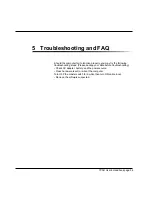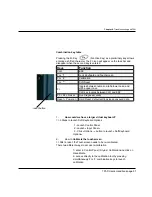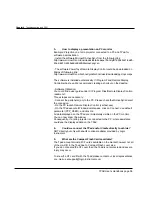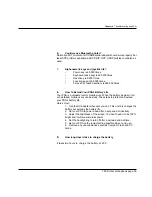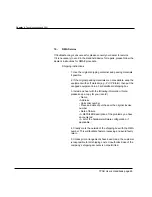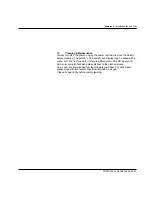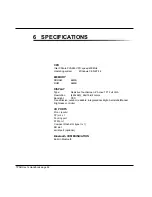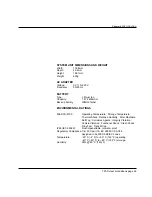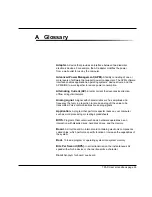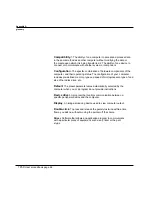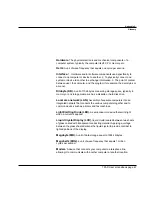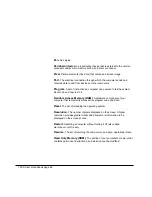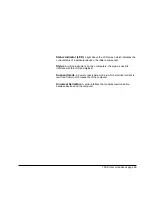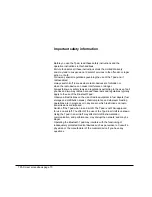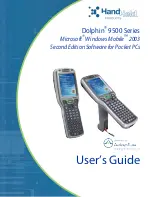
Hardware.
The physical electronic and mechanical components of a
computer system. typically, the computer itself, CPU, memory, etc.
Hertz.
A unit of wave frequency that equals one cycle per second.
Interface.
1. Hardware and/or software components used specifically to
connect one computer or device to another. 2. To physically connect one
system or device to another to exchange information. 3. The point of contact
between user, the computer, and the program (for example, the pen/stylus or
a menu).
Kilobyte (KB).
A unit of 1024 bytes measuring storage space, typically in
memory or on storage media such as a diskette or hard disk drive.
Local area network (LAN).
Assembly of separate computers into an
integrated network that connects the various computers together and to
common devices such as printers and fax machines.
Light Emitting Diode (LED).
A semiconductor device that emits light
when a current is applied.
Liquid Crystal Display (LCD).
liquid crystal sealed between two sheets
of glass coated with transparent conducting material. Applying a voltage
between the glass sheets darkens the liquid crystal to provide contrast to
lighted portions of the display.
Megabyte (MB).
A unit of data storage equal to 1024 kilobytes.
Megahertz (MHz).
a unit of wave frequency that equals 1 million
cycles per second.
Modem.
A device that connects your computer to a telephone line,
allowing it to communicate with another computer at another location.
TPAD User’s Handbook page 67
Appendix A.
Glossary




